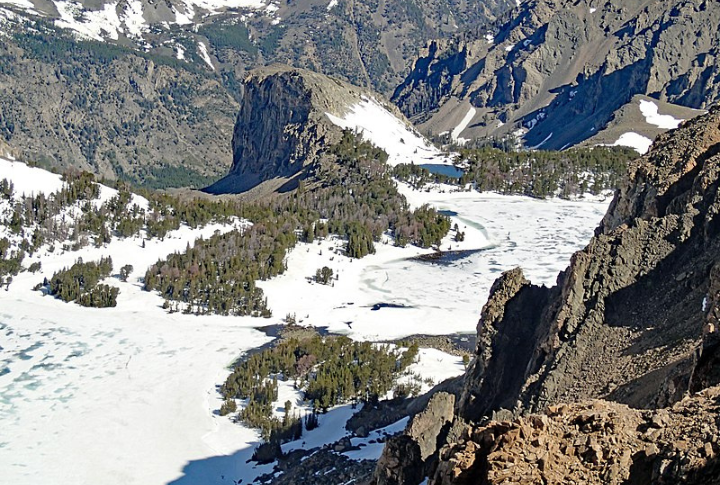
A melting ice patch in Wyoming’s Beartooth Plateau revealed an ancient forest frozen in time. This discovery has unveiled a wealth of ancient clues about past weather fluctuations, treeline shifts, and environmental conditions. Each preserved detail helps researchers reconstruct the Rocky Mountain terrain as it existed thousands of years ago. Let’s take a closer look at key findings that reveal how nature once thrived in a different climate.
The Accidental Discovery That Reshaped Climate History
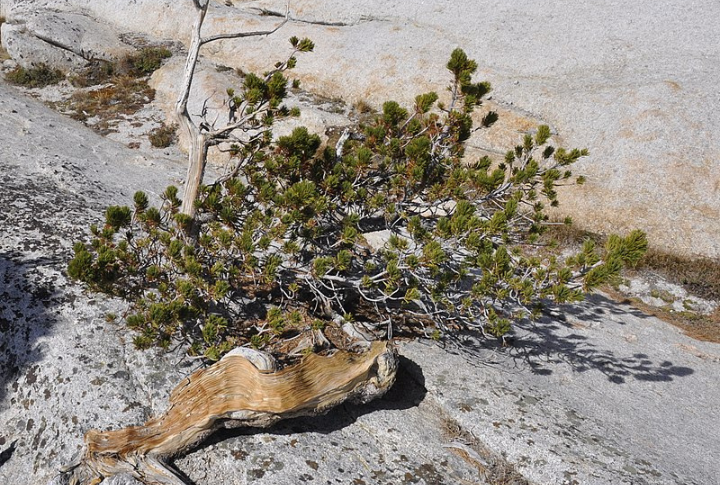
A research expedition in Wyoming’s Beartooth Plateau led to an astonishing find—whitebark pine trees buried under ancient ice. Among these trees, some have been preserved for up to 5,900 years and provide evidence of atmospheric shifts and ecosystem transitions, offering a unique record of past environmental conditions and forest distribution.
A Geological Snapshot Of The Holocene Epoch
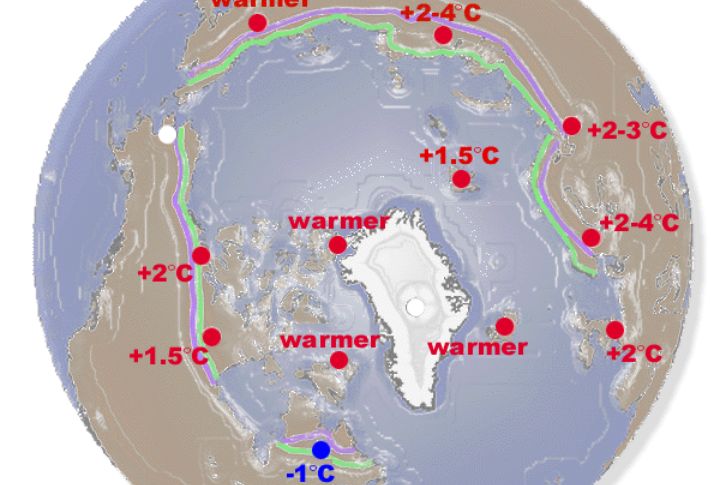
Geological layers surrounding the discovery show significant sediment shifts from the mid-Holocene. This period, marked by warmer temperatures, enabled tree growth at elevations now too cold for sustained vegetation. The preserved wood offers a rare geological timestamp that aligns with global climatic patterns from that era.
Surprising Signs Of Rapid Encapsulation
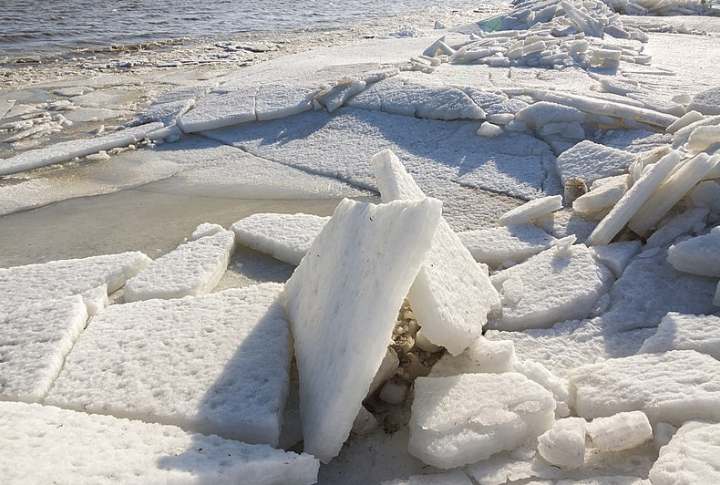
Unlike typical fossilization, these trees were quickly sealed in ice, preventing decomposition. Ice core analysis suggests a sudden and drastic weather event, possibly a rapid cooling phase, buried the forest in snow and ice. This supports theories of abrupt climate change that shaped ancient topography.
A Shift In The Rocky Mountain Treeline
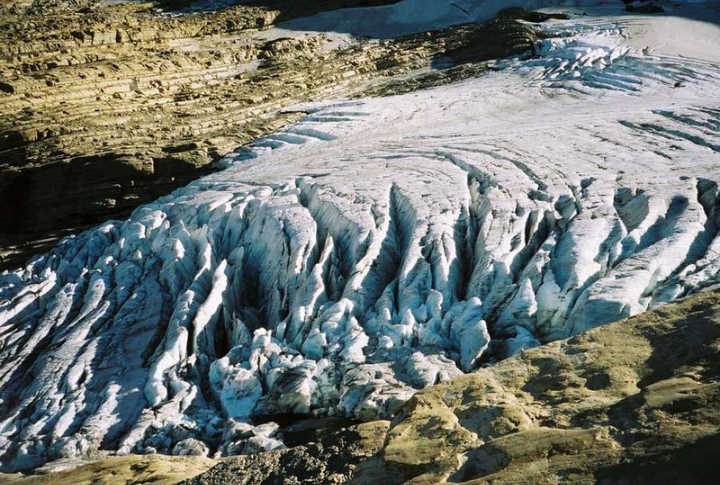
The trees once flourished at altitudes higher than where modern whitebark pines survive. Their presence indicates historically warmer weather and supports evidence that past treelines extended further upward before receding due to later cooling periods that altered regional biodiversity and vegetation zones.
Radiocarbon Dating Confirms The Trees’ Age

Scientists used radiocarbon dating to determine that these trees are between 5,440 and 5,950 years old. This timeline coincides with early civilizations such as Mesopotamian advancements. It shows how natural climate variations shaped environments across continents simultaneously.
Rare Organic Remains With Minimal Decomposition

Preserved in near-original form, these trees retain cellular structures typically lost over time. Unlike petrified wood, these remains still contain organic material that makes them an invaluable resource for the study of prehistoric plant biology and provides rare insight into ancient forest growth and resilience.
Pollen Traces Indicate An Unexpected Ecosystem

Pollen samples extracted from ice and soil in the area suggest that the region once supported a more diverse ecosystem. The presence of plant species that no longer thrive at these elevations confirms that the area experienced different climatic conditions thousands of years ago.
A Connection Between Tree Rings And Solar Activity
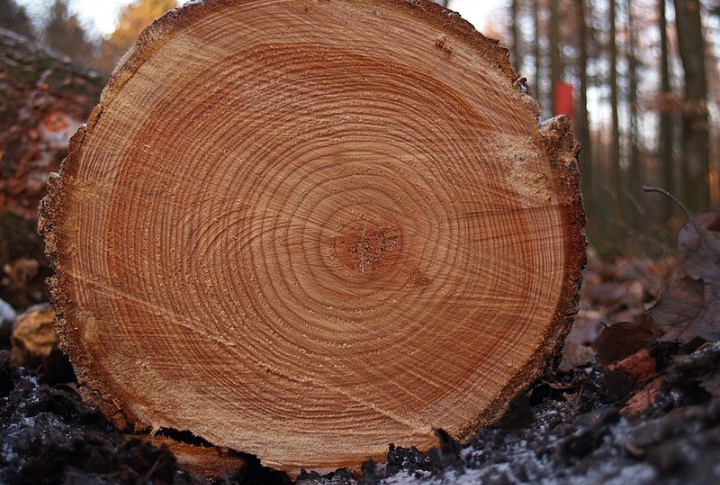
Tree-ring patterns reveal potential correlations with solar radiation cycles. Studies indicate periods of slowed growth that align with documented solar minima, which suggests that changes in solar output may have influenced weather patterns in the region that abetted tree development.
The Absence Of Fire Evidence In A Changing Topography
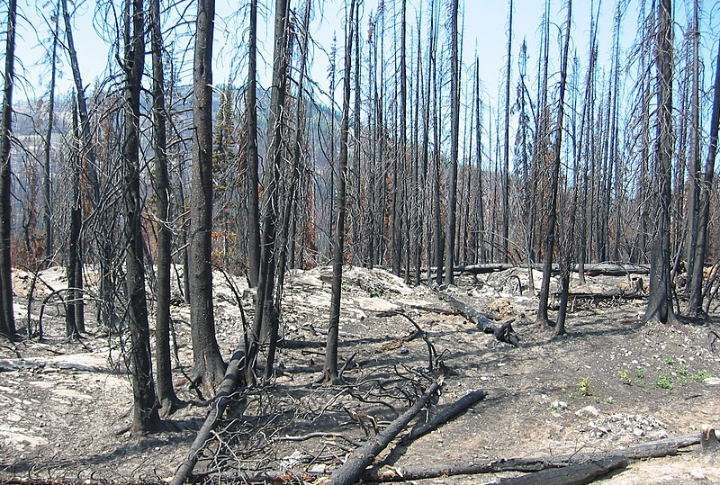
No charred remains or burn scars have been found on these preserved trees. That suggests wildfires were not a frequent occurrence during their lifespan. This absence challenges existing models of fire frequency in prehistoric high-altitude forests and raises questions about past atmospheric conditions.
Mineral Analysis Reveals Unseen Environmental Stressors
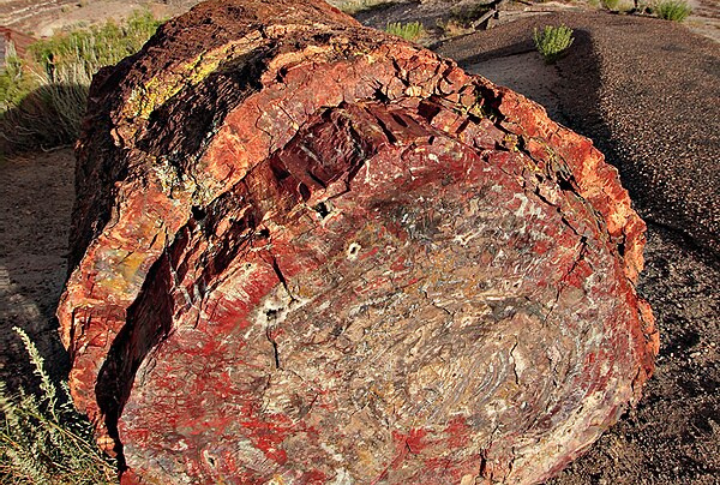
Chemical composition tests of the trees’ preserved wood highlight fluctuations in mineral uptake. High concentrations of certain elements suggest that periodic droughts or soil nutrient shifts influenced tree growth. It has provided new data on long-term environmental stressors that affected ancient plant life.
Genetic Insights Into An Extinct Tree Population
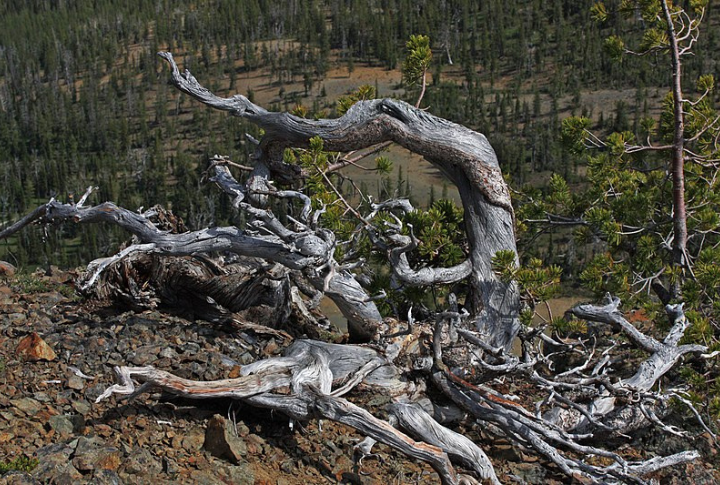
Preliminary studies indicate the potential for extracting DNA from these trees, which could help compare their genetic structure to modern whitebark pines. Such insights might reveal how tree populations adapted to past climate conditions over thousands of years to become what they are now.
The Role Of Ice Patches In Long-Term Preservation

Unlike glaciers, which grind and erode organic material, stationary ice patches provide a stable environment for preservation. The trees found here were shielded from wind erosion and microbial decay. A plausible explanation as to why their structure remains largely intact despite millennia of subzero temperatures.
A Missing Link In Holocene Climate Data
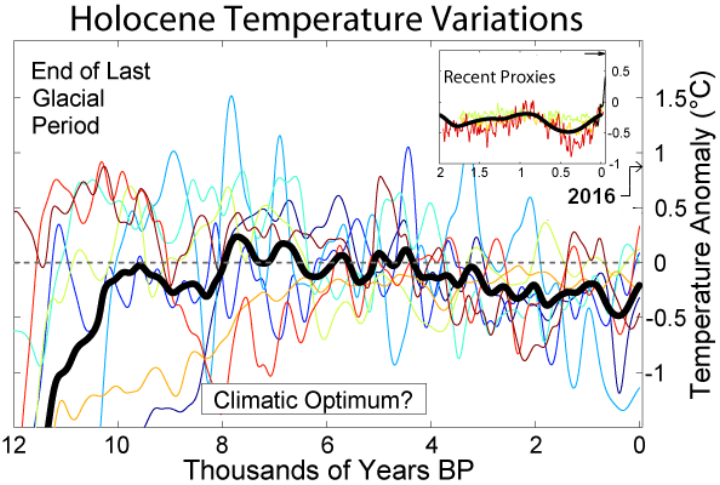
Atmospheric pattern reconstructions rely on multiple sources, yet tree remains this well-preserved are rare. The trees fill a pivotal gap in Holocene climate records and offer an unbroken environmental timeline that enhances existing models of temperature fluctuations and atmospheric composition changes.
Potential For Ancient Disease Evidence In Preserved Wood
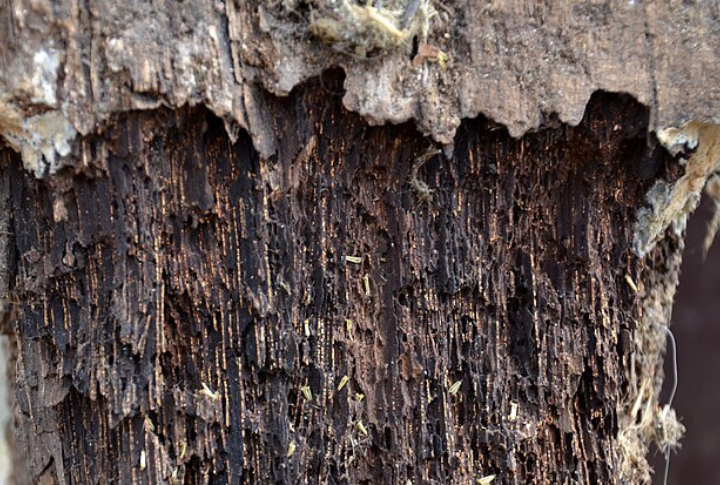
No direct fungal spores or pathogens have been identified in these trees. However, studies on other preserved ancient plant material suggest that such evidence may exist. Continued analysis may reveal microbial remnants that are expected to provide insight into prehistoric plant diseases and environmental stressors.
A Link Between Ancient Forests And Modern Conservation Efforts
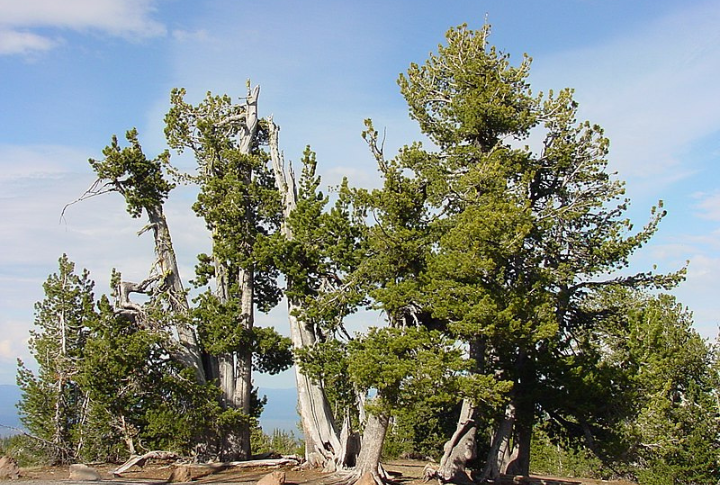
By comparing these trees to today’s whitebark pine populations, scientists can develop strategies to enhance resilience against modern threats, such as climate change and invasive species. The discovery offers a practical model for how trees once adapted to major environmental shifts.
An Unprecedented Opportunity For Dendrochronology Studies
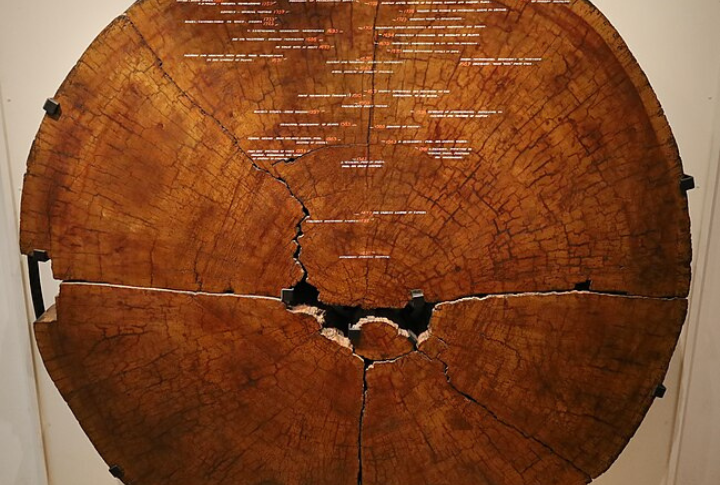
Tree-ring analysis from these specimens extends current dendrochronological records by thousands of years. The unprecedented data helps refine dating techniques used in archaeology, climatology, and geosciences. It reinforces the value of tree-ring studies in understanding long-term environmental changes.
Ice Layers Indicate Sudden Freezing Events
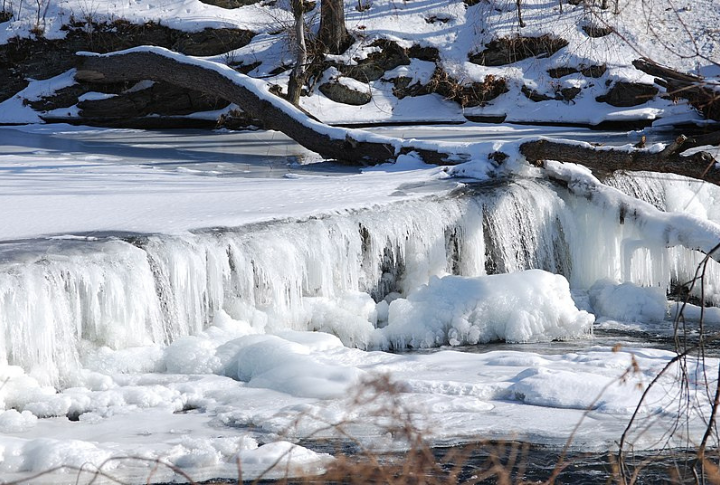
Analysis of surrounding ice layers suggests a distinct pattern of rapid accumulation, but no direct evidence of volcanic ash-induced cooling has been found. Further studies are expected to be conducted in order to determine the exact climatic trigger for the trees’ preservation.
The Discovery Challenges Previous Climate Models
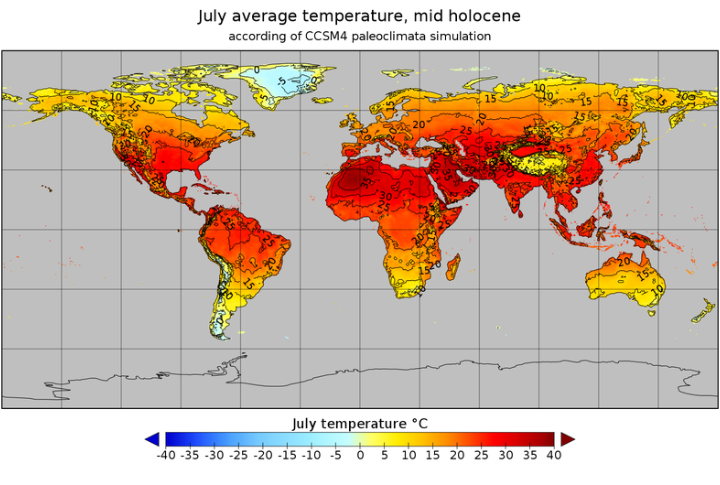
Traditional weather condition reconstructions underestimated the extent of past warming periods. The presence of these trees at higher elevations challenges existing Holocene temperature models. The discovery prompts scientists to reassess long-standing theories about climate variations and their broader ecological impact.
Biochemical Analysis Detects Prehistoric Air Composition

Chemical elements locked within the tree’s cellulose provide data on ancient atmospheric composition. Levels of carbon dioxide and other gases captured in these samples help reconstruct past air quality, offering momentous insights into pre-industrial greenhouse gas levels.
This Discovery May Change How We Study Ancient Ecosystems

The well-preserved state of these trees opens doors for new interdisciplinary studies. Researchers across multiple fields, from paleobotany to climate science, are using this discovery to refine ecosystem models. It can provide a more complete picture of how the terrain evolved under shifting weather conditions.
